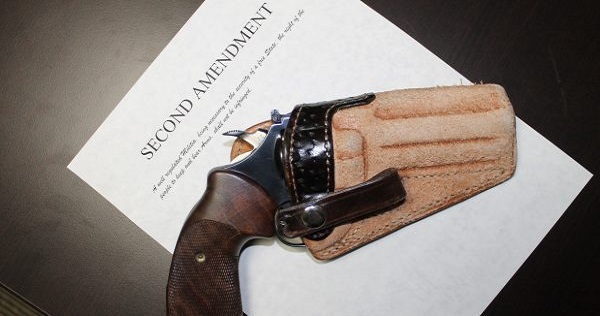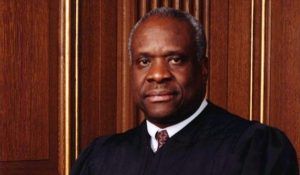
In a blistering reaction to the U.S. Supreme Court’s rejection of ten gun rights cases for review, the Second Amendment Foundation declared Chief Justice John Roberts “owes every gun owner in the United States an explanation about why the high court declined to hear a number of important Second Amendment cases.”
The cases, from across the country, provided what SAF founder and Executive Vice President Alan Gottlieb compared to a buffet of legal opportunities for the court to weigh in on a Second Amendment issue for the first time in a decade.
“The Supreme Court’s refusal to take a Second Amendment Foundation case falls squarely at the feet of Chief Justice John Roberts,” Gottlieb said in a terse prepared statement.
Five of the pending cases had been filed by SAF, including one in which the Citizens Committee for the Right to Keep and Bear Arms—SAF’s sister organization—was a plaintiff. It was known as Mance v. Barr, challenging the long-standing prohibition on sales of handguns to non-state residents.
“Given the fact that the Supreme Court had a cafeteria-style menu of cases from which to choose,” he continued, “there is no excuse why the court at this time chose to ignore the need to rule on any of these cases, and send a message to lower courts that they can no longer thumb their noses at the Heller and McDonald Supreme Court decisions affirming the individual right to keep and bear arms.
Gottlieb isn’t the only one criticizing the court’s reluctance to take a Second Amendment case. In a spirited dissent published in Monday’s Supreme Court orders, Associate Clarence Thomas was joined by Justice Brett Kavanaugh, in the case of Rogers v. Grewal, which challenged the New Jersey “justifiable need” requirement to obtain a concealed carry permit.

“The text of the Second Amendment protects ‘the right of the people to keep and bear Arms’,” Thomas wrote. “We have stated that this ‘fundamental righ[t]’ is ‘necessary to our system of ordered liberty.’ Yet, in several jurisdictions throughout the country, law-abiding citizens have been barred from exercising the fundamental right to bear arms because they cannot show that they have a ‘justifiable need’ or ‘good reason’ for doing so. One would think that such an onerous burden on a fundamental right would warrant this Court’s review. This Court would almost certainly review the constitutionality of a law requiring citizens to establish a justifiable need before exercising their free speech rights. And it seems highly unlikely that the Court would allow a State to enforce a law requiring a woman to provide a justifiable need before seeking an abortion. But today, faced with a petition challenging just such a restriction on citizens’ Second Amendment rights, the Court simply looks the other way.”
Thomas later cautioned, “[a] constitutional guarantee subject to future judges’ assessments of its usefulness is no constitutional guarantee at all,” stating that our constitutional rights must be protected “whether or not future legislatures or (yes) even future judges think that scope too broad.”
Further, Justice Thomas observed, “In short, the text of the Second Amendment and the history from England, the founding era, the antebellum period, and Reconstruction leave no doubt that the right to ‘bear Arms’ includes the individual right to carry in public in some manner.”
He closed by smacking his colleagues for “prolonging our decade-long failure to protect the Second Amendment.”
There is one remaining opportunity, which the court will have to consider in the fall. It’s the SAF case of Rodriguez v. City of San Jose. That’s the case involving a woman whose firearms were confiscated without a warrant some years ago when her husband was taken in for a mental evaluation. She can legally purchase firearms today, but the city simply refuses to return the guns they already took.